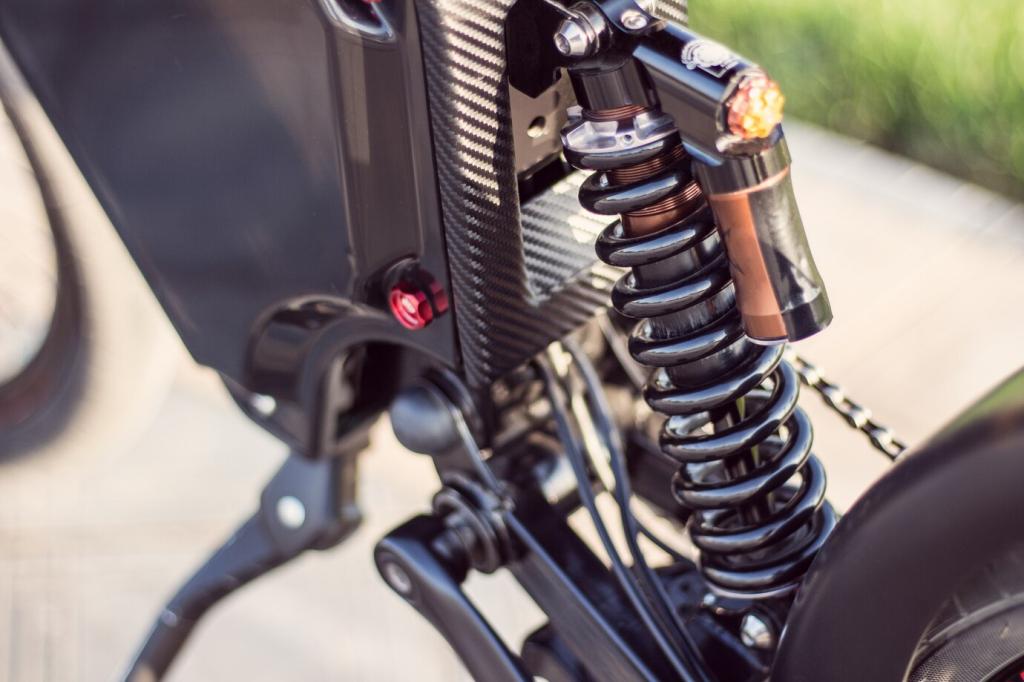Integrating Hydro Power in Eco-Friendly Home Design

This is the heading
Lorem ipsum dolor sit amet, consectetur adipiscing elit. Ut elit tellus, luctus nec ullamcorper mattis, pulvinar dapibus leo.

This is the heading
Lorem ipsum dolor sit amet, consectetur adipiscing elit. Ut elit tellus, luctus nec ullamcorper mattis, pulvinar dapibus leo.
Site Assessment and Permits: From Stream to Signed Plans
Use a float method or a weir measurement to estimate flow during spring melt, summer lows, and autumn rains. Keep a simple logbook or use a sensor. Share your flow chart in the comments, and we can crowd-compare results to shape realistic power profiles for your design.
Site Assessment and Permits: From Stream to Signed Plans
A clinometer, smartphone lidar, or clear hose level can map vertical drop. Confirm with multiple readings to avoid costly oversizing. Mark potential intake and powerhouse spots on a site plan. Post your draft map for feedback—our readers love helping refine alignment, penstock lengths, and safe access routes.

Designing the Integration: Architecture Meets the Stream
Tuck the powerhouse into a slope, echo rooflines with a modest gable, and use cladding that matches site materials. Hide penstocks along retaining walls or beneath planted terraces. Share sketches or photos of your setting, and we’ll suggest ways to make the hardware feel beautifully inevitable.
Designing the Integration: Architecture Meets the Stream
Native plantings soften lines, stabilize soil, and filter views. A shallow channel or rill returning water can double as a calming garden feature. Design a safe, dry maintenance path. Tell us your favorite water plants, and we’ll compile a community-sourced palette for diverse climates.



Because hydro can run day and night, batteries may be smaller than solar-only systems. Prioritize durable chemistries and plan for a modest autonomy window. Share your daily kWh profile, and we’ll highlight opportunities to shift loads and trim storage costs without sacrificing comfort.

Use hydro-compatible inverters and diversion controllers to stabilize voltage and frequency. Hybrid systems blend hydro with solar to cover peak shoulder seasons. Post your equipment list, and our readers will trade experiences on reliable models, firmware quirks, and protective settings for consistent performance.

IoT monitors reveal patterns: laundry during peak flow, dishwashers when batteries are topped, and preheating water via diversion loads. Share screenshots of your dashboard, and subscribe for our open-source templates to visualize flow, head, and power in ways your family actually uses.
Environmental Stewardship at the Heart of Design
Favor run-of-river intakes with fine screens and bypass flow. Maintain shaded banks, avoid channel straightening, and preserve woody debris where safe. Tell us about your local species, and we’ll help identify intake screen spacing and seasonal timing windows that minimize ecological disturbance.
Leaf fall and grit can reduce efficiency. A settling basin or trash rack plus a weekly five-minute check can keep things humming. Share your maintenance calendar with the community, and compare how different intakes cope with spring storms and autumn surges.
Size intakes to ride out high flows without scouring banks, and include safe overflow paths. Plan for drought modes that gracefully reduce loads. Comment with your climate extremes, and subscribe to our resilience series focused on hydrology shifts and practical adaptation tactics for homeowners.


A Real-World Story: The Brookside Cabin That Learned to Listen
The owners noticed a seasonal puddle that never fully dried and measured a surprising head hidden by gentle curves. Sketches became a tiny powerhouse tucked under cedar eaves. Share your own aha moment—post a photo where water gathers, and let’s imagine what careful design could do there.
A Real-World Story: The Brookside Cabin That Learned to Listen
In winter, the turbine sang through long nights; in late summer, loads shifted to daylight habits and solar boosters. The family treated their dashboard like weather—guiding chores, baking, and hot water. Tell us how seasons shape your routines, and subscribe for our weekly design prompts.
